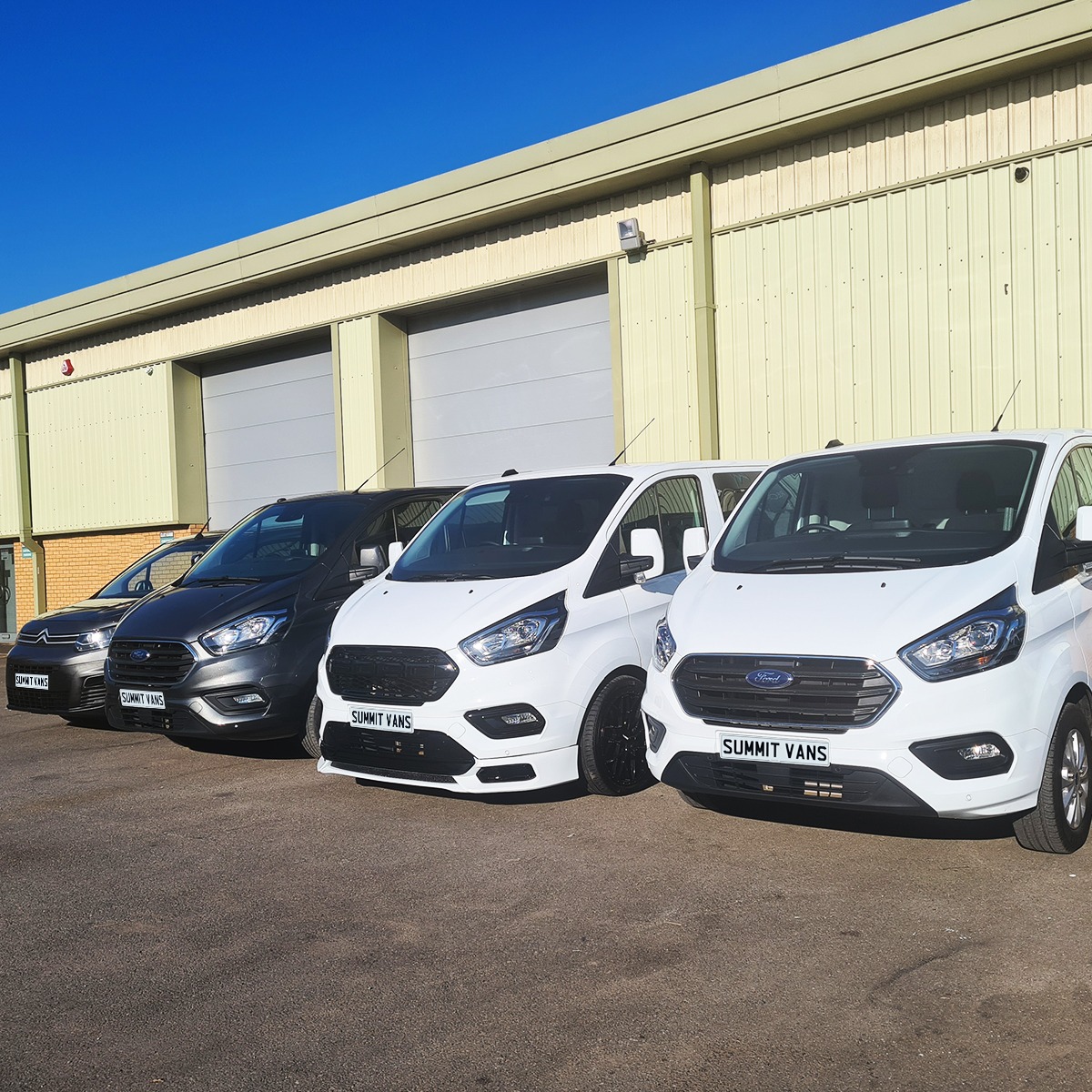Don’t fret if you’re new to the world of vans. We all felt van-inferiority once upon a time. This is a safeplace, away from ridicule and work-yard banter. This is our guide to buying a van.
No matter how you weigh it up, be it for work, play, or a bit of both, buying a van is a big decision. Whether it’s brand new or a trusty second-hand option, we’re here to help.
Where to Start When Buying a Van
You’ve probably seen your dream van in a trendy promotional video somewhere on the internet, whilst doing your research. With its stunning visual aesthetic and enhanced sounds, you’ll already be sold.

However, before you even start fantasising about cruising down the M62 in your new van, you should think about what it is you really need.
What Will You Be Using the Van For?
Take a moment to compose yourself. Ask yourself: what will you be using the van for?
Are you a self-employed tradesperson needing something reliable to carry tools and materials to and from jobs? Or maybe you’re looking for a family-friendly vehicle that can double up for weekend adventures.

The purpose of the van will heavily influence your decision on size, type, and even the features you should look for.
New Vs Used Vans: Which Is Right for You?
Every September, when the new plates (like the 74 plates this year) are released, there’s always a lot of buzz around buying new vans. Despite that, you shouldn’t overlook the benefits of a used van.
If you’re on a budget, a second-hand van might be the smarter choice, especially with depreciation being what it is. That said, buying used comes with its own set of considerations.
When Is the Best Time to Buy a Second-Hand Van?
Like they say, timing is everything. The best deals on used vans come around on a few key occasions throughout the year.

The Post-New-Plate Drop
As we’ve just mentioned, every September the new plates drop and there’s often a surge in people trading in their older vans (yes, we do part exchange deals too).
This means dealerships (like us) have a good stock of used vans, often at better prices. So, if you’re thinking about buying a used van, the weeks following the new plate release could be the time to strike.
End of the Quarter
Another great time to buy is at the end of a quarter, particularly in March, June, September, and December. Dealerships often have sales targets to hit, and you might find them more willing to negotiate on price.
Seasonal Considerations
Think about the time of year too. Winter months might see fewer buyers in the market, so you could be a prime candidate for a deal. Similarly, the school summer holidays can be another quiet period.
Red Flags to Watch Out for When Buying a Van
Whether you’re buying new or used, you should pay attention to potential red flags.
Red Flags for Used Vans:
- Unusually Low Price: if a deal seems too good to be true, it probably is. Compare the vehicle to similar ones on the market to clarify, and don’t be afraid to ask why the price is so low as there could be hidden issues.
- Incomplete Service History: a van without missing a full service history could mean it has been neglected, which might lead to costly repairs down the line.
- Visible Rust or Damage: vans do go through wear and tear but check for signs of rust or damage, especially in less obvious places. This could indicate deeper structural issues.
- High Mileage: While vans are built to last, high mileage usually means more wear and tear. Be sure to consider how this might impact the van’s reliability and lifespan.
Red Flags for New Vans:
- Limited Warranty: always check what’s included in the warranty. A limited warranty might leave you on the hook for unexpected repairs.
- Pushy Sales Tactics: If a salesperson is pushing you to make a quick decision, take a step back. You should never feel rushed into buying a van.
Making the Right Choice for You
Try to remember that buying a van is all about what suits your situation best. Our people know that, and will always try and guide you in the right direction on the best deal.
